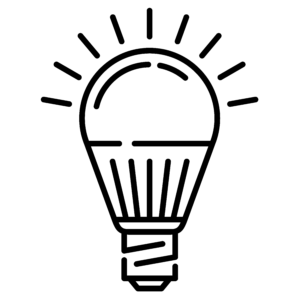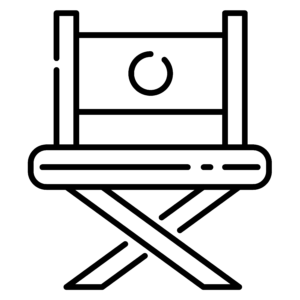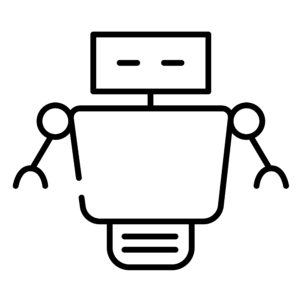Advice from a career advisor helped Food Science student Sierra Kuhn land a competitive national internship that clarified her long-term goals

Some students enter college without a clear idea of what they want to do after they graduate. Not Sierra Kuhn.
The Food Science major chose Oregon State University specifically because she wanted to learn the science of cheesemaking, leaving behind her sunny home state of Arizona to enroll in OSU’s Food Science program. And when she learned of a selective national internship program that would give her the opportunity to get hands-on experience with a sustainable creamery, Sierra was determined to land it.
“I knew it was going to be really competitive, and I wanted to make sure I had my best chance at getting it,” she said.
So she took her resume, a draft of her application, and made an appointment with Katie Harvey, her university career advisor.
Katie is one of a team of career advisors at OSU. She provides career support tailored to students in the College of Agricultural Sciences, advising them on resume development, job searches, interviewing skills and more.
Katie and Sierra sat down together and worked on Sierra’s application for the Anne Saxelby Legacy Fund Farm Apprenticeship program, which places young adults into month-long apprenticeships based on sustainable farms.
“Katie helped me specify and tailor my application to the Anne Saxelby program. I’m bad at talking myself up, but she helped me create some better descriptions for the application.”
Sierra Kuhn, student, OSU College of Agricultural Sciences
After completing the application, gathering multiple letters of recommendation, and crafting a tailored resume and cover letter, Sierra still wasn’t sure she would get in. She was only a freshman, and the program, which offers lodging, work experience and a stipend, draws applicants from all across the United States.
“When I got the news that I got in, I was shocked!” Sierra said. “It was really competitive, but I got in.”
She was placed at Firefly Farms, an artisan creamery in rural Maryland. Firefly sources goat and cow milk from nearby Amish farmers and makes a variety of hard and soft cheese. Sierra’s apprenticeship involved working under a head cheesemaker to learn all aspects of the cheesemaking process.
“The work was very hands-on,” she said. “I was up every morning picking up fresh bags of chevre. I had learned about cheesemaking in my dairy process class, but I didn’t fully comprehend how much physical labor was involved until my apprenticeship.”

After her summer in the apprenticeship program, Sierra realized she was most drawn to the behind-the-scenes aspects that go into food science – and that she wanted to explore opportunities in food science beyond just cheesemaking.
“I realized that there are other opportunities besides just being the one making the cheese,” she said. “They have all these recipes that guide the work. It made me realize I want to go deeper.”
One year later, Sierra has been accepted for a second year in the Anne Saxelby program, and this time she’s branching into a new aspect of food science, with an internship at Matunuck Organic Vegetable Farm in Rhode Island.
“I wanted to branch out,” she said. “I will be doing a lot of hands-on farming, and I’ll be learning about soil health and the microbes that help facilitate it.”
Sierra’s advice to other students considering applying for competitive internships?
“Apply no matter what!” she said. “The worst they can do is so no. Go for it, why not?”
Three ways to get help with internship applications
- Use Vmock, OSU’s online resume tool. Vmock will scan your resume and make automated suggestions for improvement.
- Meet with a career assistant. You can have scheduled or drop-in appointments with one of OSU’s trained peer advisors to work on your resume, cover letter, or other application materials.
- Meet with a college-specific Career Advisor. Each undergraduate college at OSU has a career advisor who can offer specialized career advice and insights. Make an appointment via Beaver Hub (find your career advisor under the Success Team tab in Beaver Hub).
Resume and cover letter tips
- Resume overview guide
- Learn to use power statements for your resume bullets
- Add action words to make your resume stand out



















